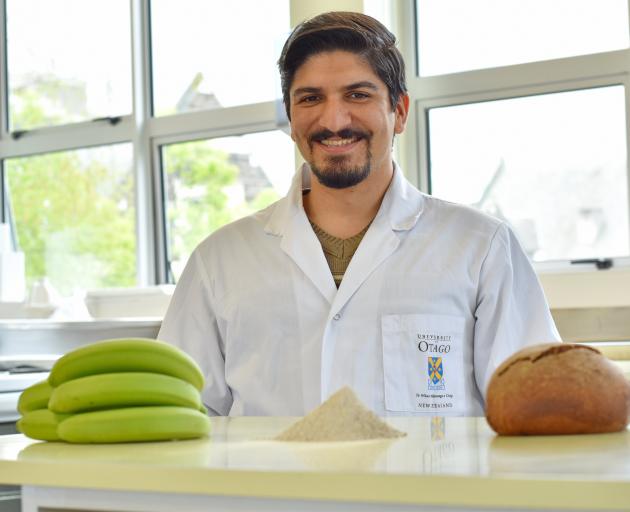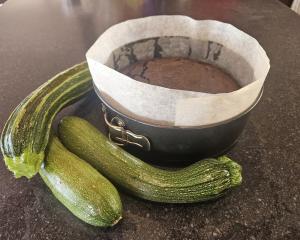
Amir Amini has moved to the other side of the world so he can further his quest to develop products to be added to food that can help prevent diseases such as diabetes and cancer.
The Iranian food scientist has just handed in his PhD thesis to the University of Otago. Its topic is turning green bananas into a flour that can be added to bread.
Back in Teheran while studying for his master’s degree, he realised he wanted to be able to apply his learning to the real world in creating "functional" foods that help people’s health.
"I wanted to do something that could be put on the table, that can be beneficial for people — that is the ultimate goal."
He searched around the world for a place to do his PhD and after corresponding with the University of Otago’s late Prof John Birch, applied for a scholarship to study in Dunedin.
"It’s only then I looked to see where New Zealand was — it was at the end of the world. I thought it was a city of Australia. I come from a city of 15 million, 5million is a small city. I couldn’t believe it was real."
Amini started his PhD in 2017 focusing on creating a functional food — an additive to food with a health benefit, such as fortifying oat milk with calcium.
His idea was to fortify bread with green banana flour.
"I wanted to find a way to make it feasible for every person."
Green bananas, their pulp and skin, are known to be a rich source of phytonutrients such as vitamins B3, B12, C and E and dietary fibres, but it is their high levels of resistant starch that are significant for Amini.
"Based on the banana species, 100g of whole green banana can have a resistant starch content of 45% to 65%."
Resistant starch is an indigestible starch which can be fermented by beneficial microbiota in the big intestine and support their growth. As a prebiotic, it can have an indirect effect on prevention of chronic diseases such as obesity, diabetes and colorectal cancer.
However, Amir is aware no-one wants to eat green bananas as they are tasteless and astringent. In some parts of Asia they are eaten cooked or fried, which probably reduced the nutritional value of the fruit, he says.
"High temperature eating or frying in oil or butter is not helpful."
His idea is to transform the perishable fruit into a long-lasting food ingredient that can be added to a "loveable staple food, bread".
"This is easier said than done. There are numerous variables which can challenge the quality of the final product, green banana flour."
Through his PhD he tried to overcome those challenges, firstly by trying to work out the best drying technique, which is crucial to producing the flour, he says.
"Resistant starch is sensitive to heat treatment and a large quantity of it can be lost during drying."
He decided on oven drying with a constant air flow as it is also cost-effective compared with freeze drying.
"I did multiple series of tests to understand the density of the flour, the colour, behaviour and what effect it has on the remaining nutrients in the banana."
The next challenge was to make a bread that looked and tasted like "normal" bread but had the amount of resistant starch needed for it to have its prebiotic effect.
He feels he has overcome all those challenges to create a nice bread that also has the benefits of the starch.
"It has the potential to prevent or delay the development of colorectal cancer."
Amini also sees another benefit to his product in that it can use bananas that are deemed unacceptable for export due to markings, deformity or other flaws — about 40%..
"It can help sustainability as well."












